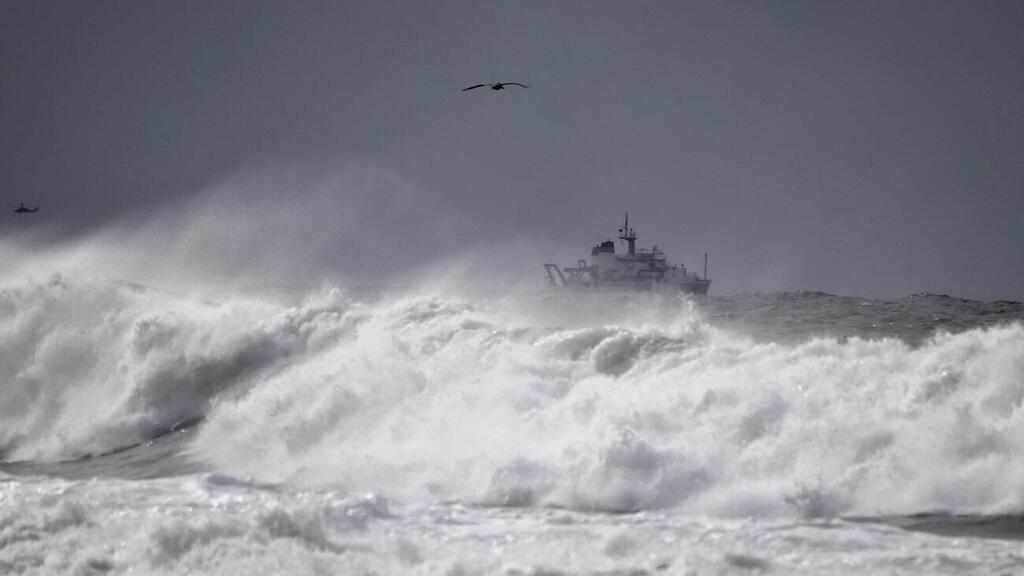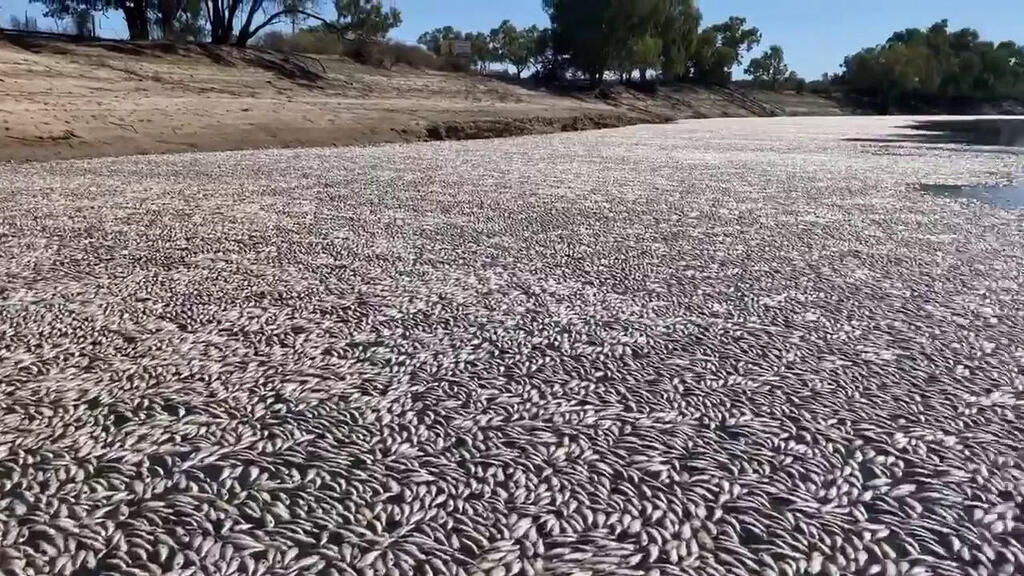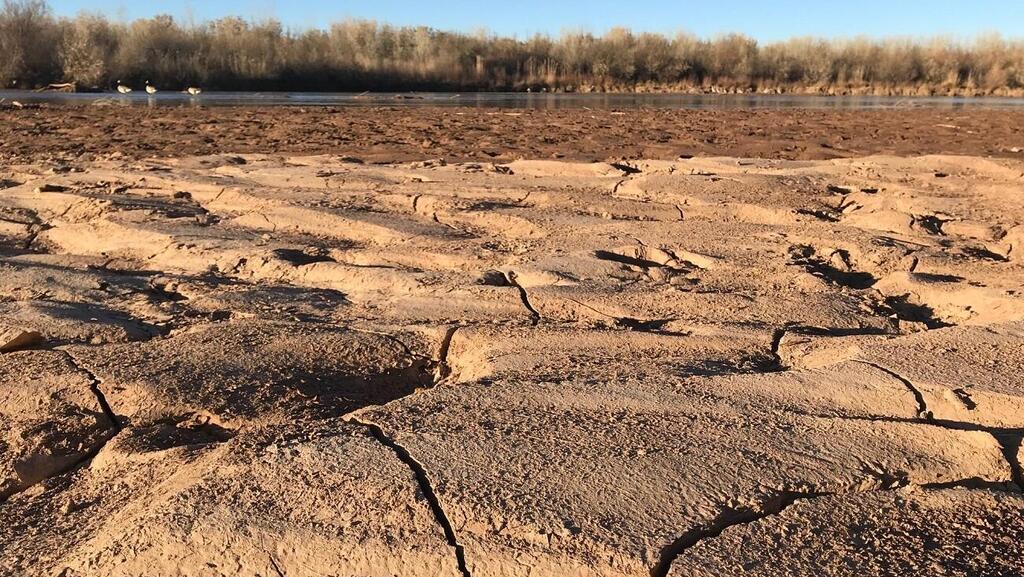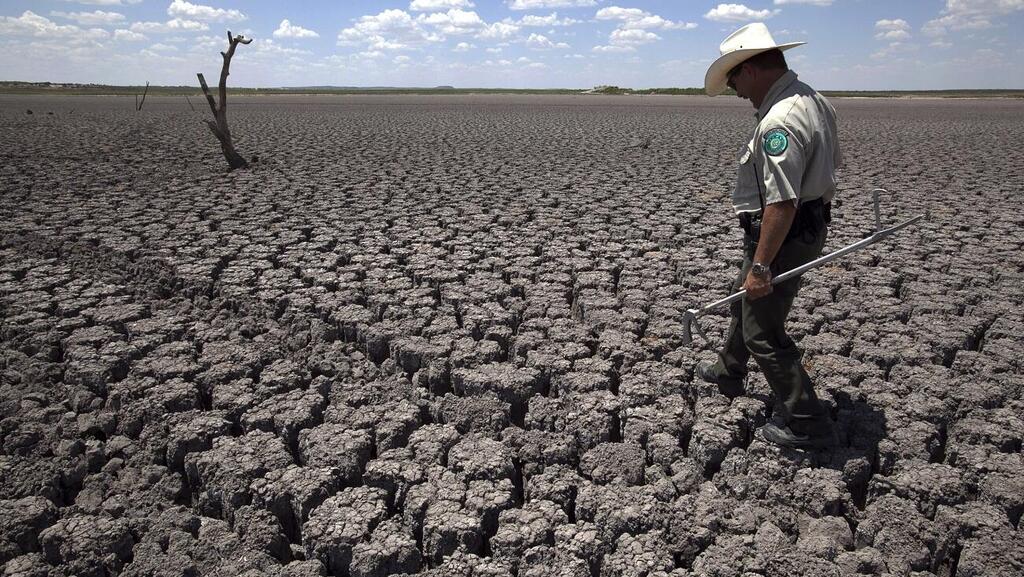Reports of El Niño in 2020
According to experts who used an advanced climate forecasting system, if westerlies occur in the spring and early summer, the intensity of the climate event may increase and break the heat records established in 2016. Nino
„In the last 40 years, the temperature of the upper sea levels was recorded in the winter of 2022. As the temperature acts as an early indicator of El Niño, the current level is high enough to increase the event by the end of 2023,” said Tao Lian, an oceanography professor at China’s Ministry of Natural Resources.
The El Niño Southern Oscillation is an irregular climate cycle caused by changes in sea surface temperature over the tropical eastern Pacific Ocean that affects tropical and subtropical regions and much of the world’s climates.
The warm phase is called El Niño (named after Jesus, the boy who walks around Christmas), during which ocean heat flows to the surface and then warms.
The cold phase of the cycle is called La Niña (The Girl), a global climate phenomenon that leads to a temporary decrease in sea surface temperatures, which causes changes in global wind patterns and regional rainfall amounts, especially in countries bordering the Pacific Ocean.
El Niño has widespread impacts on Earth’s climate and human society, leading to economic damage and disease caused by high mortality of fish and other animals, decaying carcasses of fish and other animals.
Scientists have identified that heat accumulation in the upper layer of the equatorial Pacific Ocean often precedes the onset of El Niño, six to nine months before this event occurs.
Due to the regular rise and fall of heat content in this oceanic layer, scientists can predict the occurrence of El Niño in advance through dynamic simulation models. However, disturbances known as atmospheric high-frequency perturbations and initial errors can cause uncertainty in real-time predictions.
Now, a research team published in the journal Ocean-Land-Atmosphere Research has identified that the accumulation of heat in the ocean is enough to trigger a strong El Niño event by the end of 2023.
To try and determine the potential impact of such a climate event, the researchers evaluated the effects of both heat content and high-frequency disturbances, along with uncertainty in initial conditions, using data analysis and a series of real-time forecast experiments.
The previous La Niña event ended in March 2023. It was an exceptional event in its scope and affected many countries around the world from the winter of 2020 to the spring of 2023, leading to unprecedented drought in the western United States and eastern Africa. Severe flooding on Australia’s east coast.
The research team analyzed data from late 2022 to early 2023 to measure the depth of the ocean’s thermocline — the boundary between the upper layer of turbulent water (warmer water) and the quieter layer of deep water (colder water). Whenever the thermocline depth is higher than usual in the western Pacific Ocean, an El Nino is likely to occur in the coming year.
The researchers compared the latest data with thermocline data from 1982, 1997 and 2015, years when the thermocline depth was higher than usual leading to the onset of three extreme El Niño events.
The team conducted forecasting tests using a forecasting system for El Niño’s Southern Oscillation cycle, which indicated that a moderately strong El Niño would occur in late 2023.
Next, the team reduced the uncertainty in the predictions by filtering out some of the meteorological influences from outside the tropical Pacific Ocean. With the refined data, the stage is set for a stronger El Niño in late 2023, the team said.
In addition to examining the heat content of the ocean, the team also examined high-frequency disturbances such as westerly and easterly wind bursts that have a strong influence on the ability to increase or decrease the intensity of the El Niño event.
However, it appears that the accumulated heat content in the ocean alone is sufficient to trigger a powerful El Niño event by the end of 2023. Looking ahead, the researchers hope to continue to refine their forecast.
„High-frequency disturbances in spring and early summer play an important role in El Niño intensity and structure,” said Take Chen, an oceanography professor at China’s Ministry of Natural Resources.
„We believe that combining a seasonal forecast model of high-frequency disturbances with an El Niño-Southern Oscillation prediction system can further improve El Niño-Southern Oscillation forecasting capabilities.”

. „Gracz. Namiętny pionier w mediach społecznościowych. Wielokrotnie nagradzany miłośnik muzyki. Rozrabiacz”.





